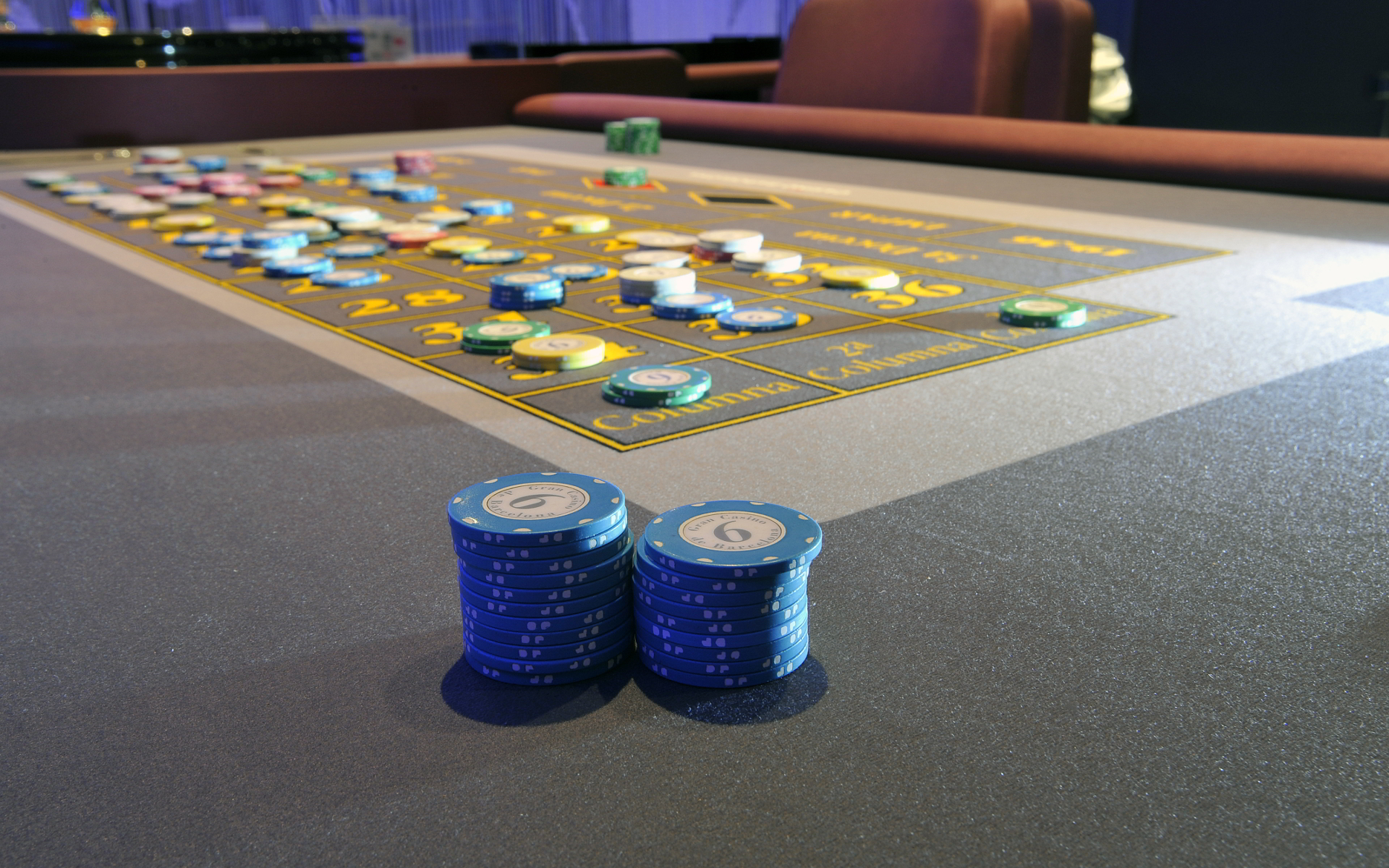- Schedule: Open every day!
- CASINO LOTTERY: Experience a Christmas full of great gifts!
- Don’t miss the Casino Perelada TOUR EXPERIENCE!
- Exclusive NEW YEAR’S EVE with a gala dinner and live music – Book your table now!
- GAME TABLES: Open every day at 6 p.m.
- Discover our POKER TOURNAMENTS!
- NEW SLOTS: Discover the most modern slot machines!
Betting guides

American Roulette
Personalized with colors, dynamic and faster!
What you need to know
Roulette is one of the world’s oldest betting games, which has led to the existence of several theories about its origins. From the evolution of a game played in Ancient China, to a source of entertainment for soldiers in the camps of the Roman Empire until its appearance in seventeenth century France with Blaise Pascal, who came up with a roulette wheel featuring 36 numbers.
The game carried on developing until French brothers François and Louis Blanc added the ‘0’ at the end of the 19th century, and the roulette wheel we know today made its appearance at the Casino in Montecarlo.
When you play American Roulette it’s important to know:
- Any number of players can take part.
- Players can play with coloured or value chips.
- The croupier is in charge of announcing the beginning of the game and the winning number and he pays the winnings. Also, if you wish, he can help to place your bets.
How to play
The game is the same as French Roulette. The main difference is that the American Roulette table has the even chances (Black/Red, Even/Odd and Passe/Manque) on one side only, while on a French Roulette table, they are on both sides.
Players must make their bets before the dealer says "no more bets." He will spin the ball in the roulette wheel and, after several circuits, the ball will fall into one of the compartments numbered from 0 to 36. The compartment where the ball falls determines the winning number. The croupier announces the winning number, the winning bets and then he pays.
The types of bets
You can place bets using the Layout and/or the Wheel.
Inside Bets - Straight Bets
In this method, the player places their own chips on the table. It’s the simplest form of bet as you play 18 numbers depending on the chosen option (Red or Black / Odd or Even numbers / Fault or Pass). It pays out at 1 x 1.
Outside bets - Split hands
These are bets in which the play covers several winning options with a single chip. The various winning options are described below:
Straight up: A bet on a single number. It pays out at 35x1
Split: The bet covers two adjacent numbers on the table, horizontally or vertically. The chip is placed on the line between the two numbers. It pays out at 17x1.
Street: A bet on the three numbers on one of the horizontal rows. Other options are to bet on 0, 1 and 2 or 0, 2 and 3. It pays out at 11x1
Corner or Square: The bet covers four adjacent numbers on the table or 0, 1, 2 and 3. The chip is placed in the centre of the four numbers. It pays out at 8x1
Line Bet: The bet covers six numbers found in two adjacent rows of three horizontal numbers. It pays out at 5x1.
Column: The bet covers the 12 numbers that are in the chosen column. It pays out at 2x1.
Dozen: The bet covers the twelve numbers that are in the dozen chosen (First P12, Second S12 or Third T12). It pays out at 2x1.
Split Column: The bet covers all the numbers of two of the three columns on the table. The chip is placed on the line between the two columns. It pays out at 0,5x1.
Split Dozen: The bet covers all the numbers of two of the three dozens on the table. P12 (First Dozen), from 1 to 12; S12 (Second Dozen), from 13 to 24; T12 (Third Dozen), from 25 to 36. The chip is placed on the line between each dozen. It pays out at 0,5x1.
Wheel Bets
This involves trying to cover the maximum range of numbers in the layout with the lowest number of chips. Note the following SECTOR BETS:
Neighbors of a particular number: bets are made on a selected number and the numbers to either side of it on the wheel - it’s neighbors. For example, if you bet on 0 and a neighbor, you’d be betting on 0, 26 and 32. If you bet on 0 and two neighbors, your bet will cover 0, 3, 15, 26 and 32.
0 neighbors: you can cover 17 numbers with 9 chips. Place the chips as follows:
- 2 chips to the sides 0, 2, 3.
- 1 chip on the 4/7, 12/15, 18/21, 19/22 splits.
- 2 chips on 25/29 and one chip on the 32/35 split.
0 neighbors: covers 17 numbers with 10 chips. Place chips as for a 0 neighbors bet, but add one in the middle of the 0.
Third: 6 chips cover 12 numbers. This bet covers the numbers in the area marked on the roulette wheel. Here bets use the Split method and are placed as follows:
- 5/8, 10/11, 13/16, 23/24, 27/30 and 33/36.
Orphans: 5 chips cover 8 numbers. This bet covers the numbers in the areas marked on the roulette wheel. Place the chips as follows:
- One in the middle of the 1.
- One on the 6/9, 14/17, 17/20 and 31/34 splits.
 ES
ES
 CA
CA
 EN
EN
 FR
FR